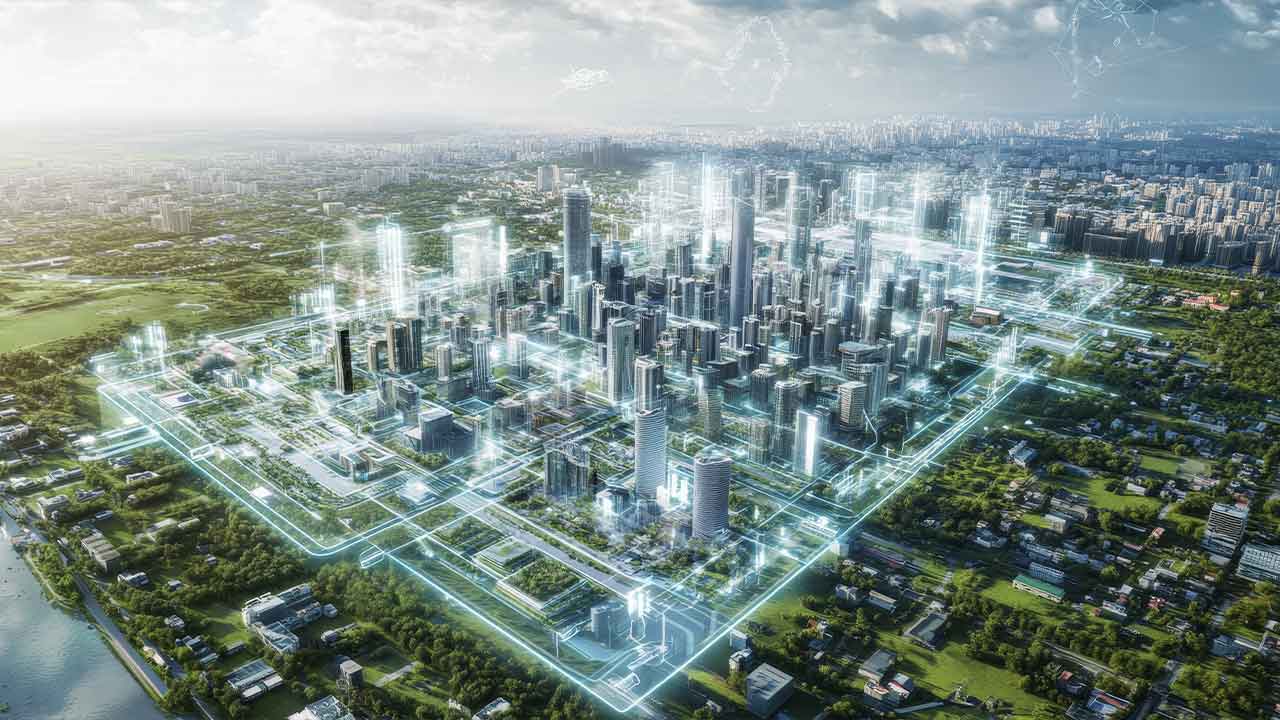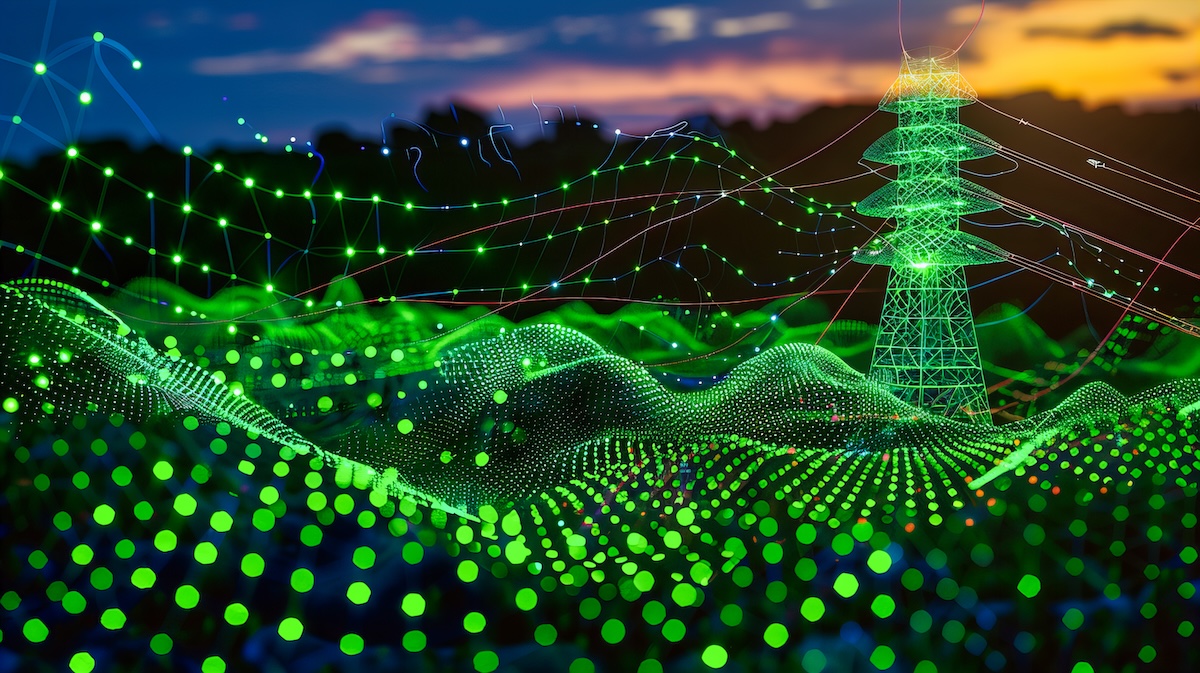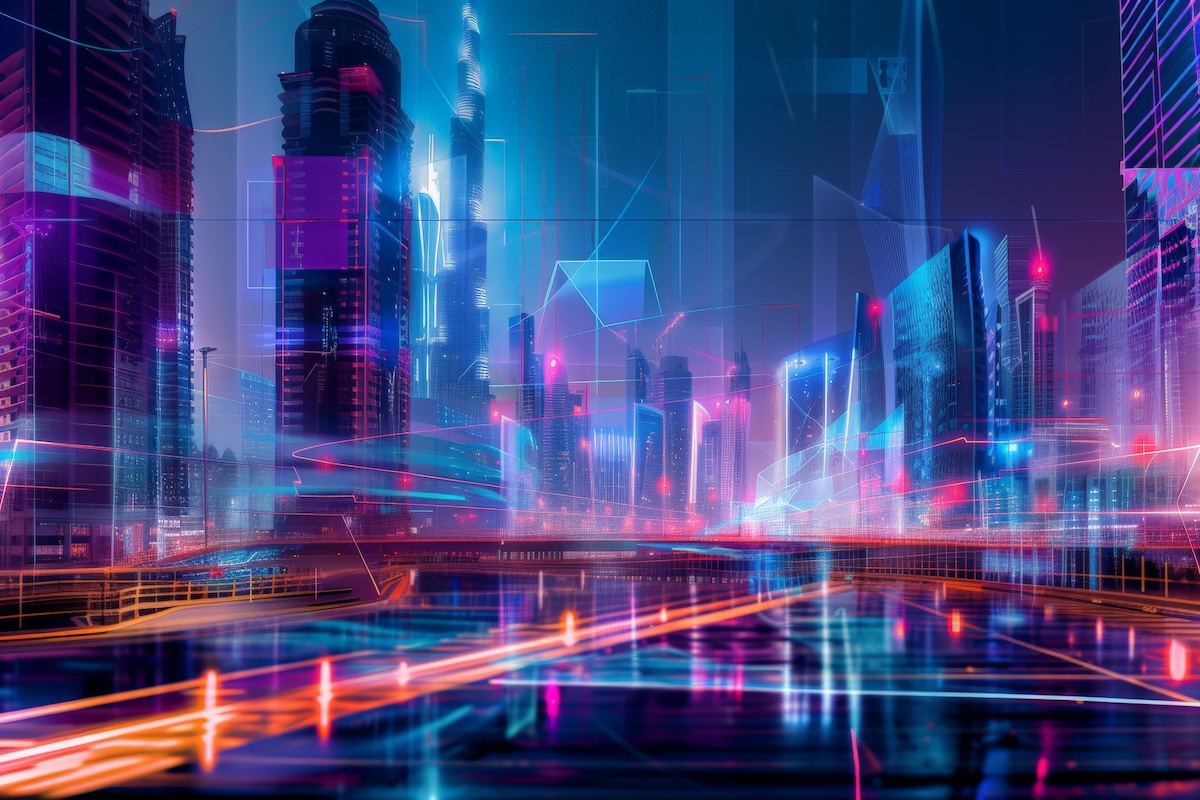Q&A: Expo2020 – an entire city managed via one single app
This week, we had a chance, thanks to Siemens, to visit for the second time the Expo2020 site, one of the most connected expos so far, where technology goes hand in hand with sustainability, innovation, and human well-being. As you probably already know, Siemens, the infrastructure digitalization partner of the Expo 2020, connected 130+ buildings across the entire site. In addition, 200K+ sensor data points are being analyzed in real-time; 3500+ doors and 15000 cameras are connected via Siemens’ MindSpere.
While at Expo, my parter, Lucian Fogoros, interviewed Afzal Shabaz Mohammed, Vice President of IoT and Technology & Innovation at Siemens in the United Arab Emirates.
Also, Afzal did two demos for our audience. Below are the videos and the transcript of the interview.
Afzal Shabaz Mohammed Interview:
Lucian Fogoros, IIoT World: Speaking about the Smart City App. What were some of the most useful insights you provided the operation team?
Afzal Shabaz Mohammed, Siemens: If you look at the expo Smart City App, the purpose of this app was to provide insights to a wide variety of stakeholders. I think the sustainability team is getting a lot of value out of this application. If you look at it right, it provides the energy, water, waste, and all those topics, but it also talks about the asset performance and a lot of configured KPIs. So, I think it’s heavily used that way for sustainability topics. At the same time, the security team has good data too, for the parking and other stuff.
Lucian Fogoros, IIoT World: When you started on this journey, some of the companies were moving away from IoT platforms, and here’s MindSphere. A lot of folks were skeptical of IoT platforms at that time. Can you tell us what the impact was on the platform? And were there any use cases, particularly in other parts of the world, that this may serve as the blueprint, as you call it?
Afzal Shabaz Mohammed, Siemens: This was a brilliant opportunity to show the capability of MindSphere; I’ll put it this way because MindSphere was never explored and used the way we have used in Expo 2020. Whatever you saw in my presentations, we could do that because the platform had the ingredients. It’s all about how do you make use of that. What we did, is we have made use of those APIs, those tools, those services to expose a wide variety of data, connect to different systems and protocols, bring data at different frequencies, and calculate the KPIs. For example, you would’ve noticed that we are able to do aggregation. We’re able to do AI. We are able to do a lot more things with MindSphere the way it was never used before.
So definitely, it has helped MindSphere to be purposed the way it is in different projects. For example, this application we’ve developed it’s a horizontal system. You can use it in a city. You can use it for a campus. You can use it for an airport. You can use it for a refinery. It is vertically independent. As long as you integrate the data, you’re sorted.
Lucian Fogoros, IIoT World: You had 20 million people through, a lot of businesspeople. Is there a one use case that you can say, “Hey, look, because of the Dubai Expo, I’m now the front runner of this new city or this existing one that we want to make smarter?”
Afzal Shabaz Mohammed, Siemens: All I can say is that we have met a lot of governments and enterprises and even partners for that matter. Many partners who used to compete with us now want to collaborate with us, and on a lot of governmental projects. People want to collaborate with us and see how we can work together. We were also able to communicate that early engagement is always good. So, we would like to collaborate with these governments and authorities, for example, in different places, and with enterprise customers. The future is very promising.
Lucian Fogoros, IIoT World: One last question, how much of this can be templatized? Can it take 20%, 40%, 60%?
Afzal Shabaz Mohammed, Siemens: That was an interesting piece of it. When we started a journey, we had three things in mind. First, it should not become one race pony. You’re doing for EXPO, and you’re done. That was not our objective. We want to make sure that this is reusable, configurable, and scalable. So that means we can go to any project in the world. The majority of the things are configurable. All we need to look at is how do we reuse those components? We develop a lot of reusable components. We can accelerate the journey of any customer who is willing to go for an IoT industrialization project with confidence in what we have developed.
AI use case demo
This AI use case is based on reinforcement learning and deep learning techniques. It takes roughly three to eight seconds, and any building is identified at the edge, using the computer vision technique and deep learning technique. You can also select and say, “Show me the future data in terms of forecasting.” It is also forecasting based on the deep learning LSTM framework. It’s unique by itself. And last but not least, you can also say, “Show me how do I optimize it?” It is also suggesting here, what could be the AHU’s and FCU set points, so that you can reduce your energy consumption, reduce your carbon footprint, and make your buildings clean. This way you can achieve your sustainability targets.
Demo – an entire city managed by one single app
This demo shows what is possible using the Expo 2020 smart city app developed by Siemens.
For instance, an operational manager can have visibility in almost everything in just a few seconds. He/she can go from energy to building KPIs or from building KPIs to water, for example, or from water to the occupancy of three pavilions. It allows seeing how the occupancy of the three pavilions is working in real-time So, we can see how the occupancy is there live, and we can go into, for example, the last few days. It’s pulling the data on the fly. So, you can see what the min was and the max, for example, in terms of occupancy of the particular pavilion. Or we can say, what was the sum? We know for sure that 28,000 people was the peak for one particular pavilion.
You can move from there to the waste data. For example, with the click of a button, authorized personnel have the data for the waste for the entire city. They can also move into recorded site info data. They can get the landscape on another topic – for example – the indoor humidity in certain areas and the indoor temperature.
The good part is that the data can be accessed from anywhere. The only requirement is to have internet connectivity. Also, anyone can understand the data, as it is presented in a comprehensive way. Watch the video for more insights. More about The Smart City Ecosystem Framework – A Model for Planning Smart Cities


